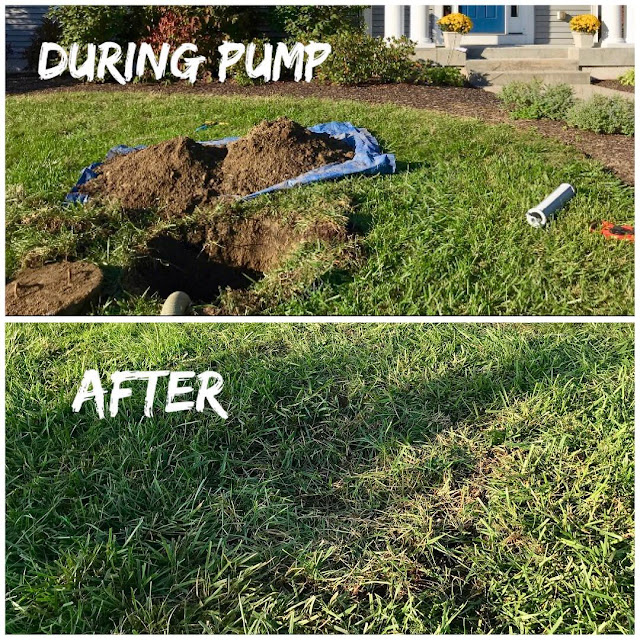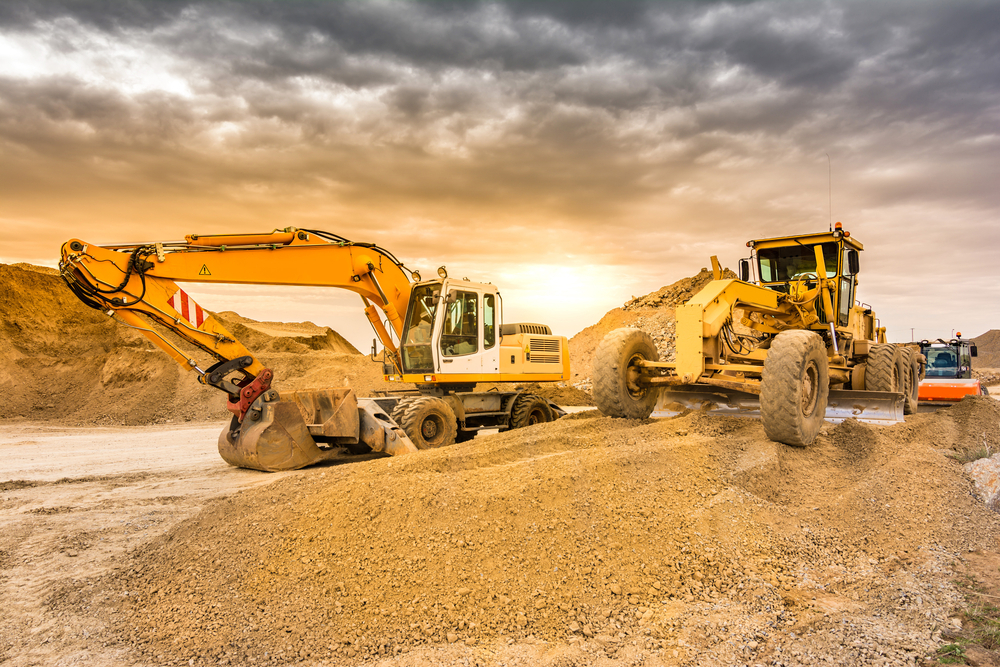What to do after septic tank is pumped
What to Do After Your Septic Tank Is Pumped: Essential Post-Pumping Steps
Pumping your septic tank is an important maintenance task that helps keep your septic system running smoothly. However, the process doesn't end with the pumping itself. After your septic tank has been pumped, there are several crucial steps you should take to ensure the continued effectiveness and longevity of your system. In this article, we will guide you through the essential post-pumping actions you should follow.
Verify Completion and Inspect
Once the pumping service has completed the job, take a moment to verify that the septic tank has been fully emptied. Look inside the tank through the access port or ask the service provider for confirmation. It's also advisable to conduct a visual inspection of the tank's interior for any signs of damage, such as cracks or leaks.
Close the Tank Access Properly
Ensure that the access port or lid of the septic tank is securely closed after pumping. This will prevent unauthorized access, minimize the risk of accidents, and keep debris, animals, and insects out of the tank.
Maintain Records
Keep a detailed record of the septic tank pumping, including the date, service provider's name, and any additional observations or recommendations they provide. This record will serve as a valuable reference for future maintenance and help track the history of your septic system.
Monitor System Performance
After your septic tank has been pumped, pay close attention to the performance of your system. Observe the following factors:
Drains and toilets: Ensure that water flows freely and drains without any signs of backups or slow draining.
Odor: Check for any unusual or persistent odors in your home or the surrounding area.
Green areas: Monitor the grass or vegetation near the drain field. Healthy growth indicates a well-functioning system, while soggy or overly lush areas may suggest drainage issues.
Conserve Water
Following septic tank pumping, it's advisable to conserve water usage for a few days. This helps the system recover and ensures that the drain field is not overwhelmed with excessive water flow, allowing it to properly absorb and treat wastewater.
Practice Proper Waste Disposal
To maintain the health of your septic system, it is crucial to be mindful of what you flush down the drains and toilets. Avoid excessive use of household chemicals, grease, medications, and non-biodegradable items. Instead, dispose of them through appropriate channels, such as designated disposal sites or hazardous waste collection programs.
Regular Maintenance
Post-pumping is an excellent time to establish a routine maintenance schedule for your septic system. Key maintenance tasks include:
Regular inspections: Schedule professional inspections every 1-3 years, depending on the system's age and usage. Inspections can identify potential issues early and allow for timely repairs.
Septic tank pumping: Establish a pumping schedule based on the size of your tank, the number of occupants in your home, and local regulations. On average, septic tanks should be pumped every 3-5 years, but consult a professional for personalized recommendations.
Maintain drain field health: Avoid compacting the soil above the drain field by limiting heavy machinery or structures. Also, divert excessive surface water away from the drain field to prevent saturation.
Conclusion
Taking appropriate action after your septic tank has been pumped is crucial for the continued effectiveness and longevity of your septic system. By following the steps outlined above, you can ensure that your system operates




Comments
Post a Comment